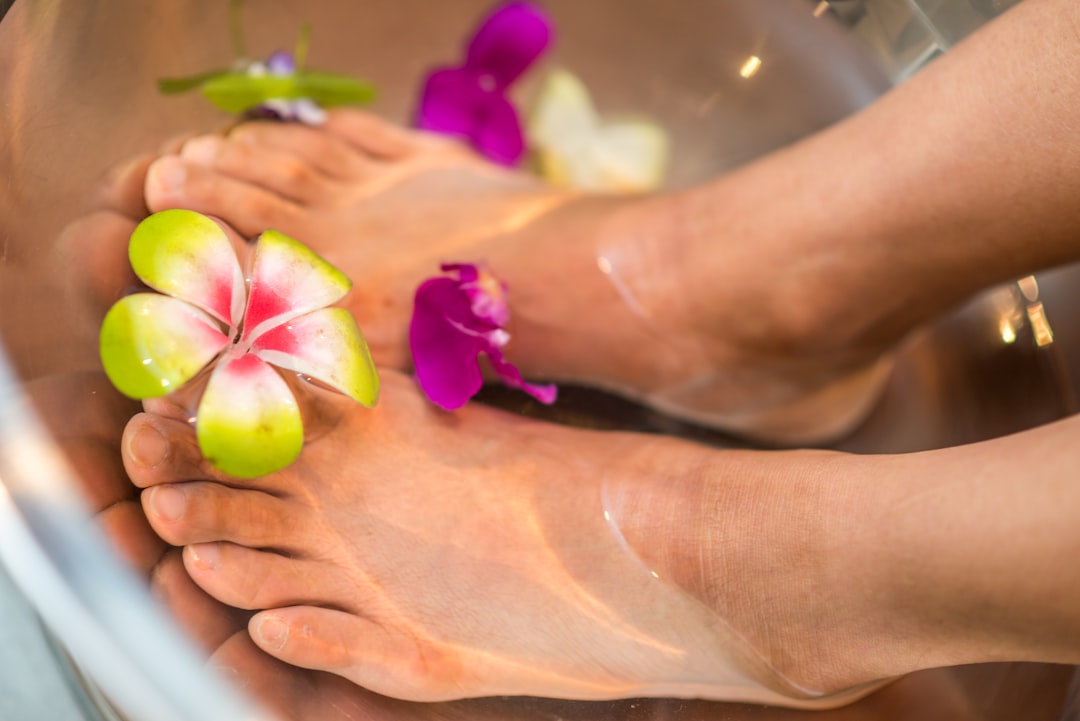

Waxing can be done on various parts of the body, including eyebrows, face, legs, arms, and intimate areas.
The Do's and Don'ts of Waxing at Home
Arriving at the salon
Male chest before and after waxing.
1. What type of wax should I use for at-home waxing?
1. How long should my hair be before getting waxed?
Longer lasting results
Different body parts require different waxing schedules to maintain smooth and hair-free skin. hard wax bikini wax For instance, eyebrows should be waxed every 2-3 weeks to keep them well-groomed and shaped. Similarly, legs and arms can be waxed every 4-6 weeks, depending on individual hair growth rates (H3). On the other hand, areas like the bikini line or chest may need more frequent waxing sessions to prevent regrowth (H3). It is essential to consult with a professional esthetician to determine the best waxing schedule for each specific body part and achieve long-lasting results!
Individuals with sensitive skin may experience potential risks and side effects when waxing. (Firstly), sensitive skin can react negatively to the ingredients in wax, leading to irritation, redness, and even swelling. In some cases, individuals with sensitive skin may also experience allergic reactions to the wax, causing further discomfort and inflammation. It is important for those with sensitive skin to consult with a professional esthetician before waxing to discuss any potential allergies or sensitivities they may have!
The Difference Between Hard and Soft Waxes
Waxing a woman's armpits .
The Importance of Exfoliation Before and After Waxing
Avoid skin irritation: Using soothing products after waxing helps prevent skin irritation caused by the process! The ingredients in these products are specifically formulated to calm redness and reduce inflammation immediately after waxing. (This can help you avoid discomfort and itching.)
Risk of injury or burns
The modern practice of waxing has evolved over time, with different techniques and types of wax available.

In effect this means that consistent moisturizing is key to maintaining smooth skin between waxing sessions.
Waxing is not only effective in removing unwanted hair but also ensures long-lasting results that keep your skin smooth and hair-free for weeks on end(Waxing Longevity). hard wax soft wax This makes waxing a convenient option for those who want to avoid frequent maintenance and enjoy silky skin without the hassle of daily shaving or applying depilatory creams. By pulling out hair from the root, waxing slows down the regrowth process and helps maintain smoother skin for a more extended period of time compared to other methods like shaving or using depilatory creams.
Types
Waxing is the process of hair removal from the root by using a covering of a sticky substance, such as wax, to adhere to body hair, and then removing this covering and pulling out the hair from the follicle. New hair will not grow back in the previously waxed area for four to six weeks, although some people will start to see regrowth in only a week due to some of their hair being on a different human hair growth cycle. Almost any area of the body can be waxed, including eyebrows , face, pubic hair (called bikini waxing or intimate waxing), legs, arms, back, abdomen, chest, knuckles, and feet. There are many types of waxing suitable for removing unwanted hair.
However,(the pain) is usually brief and tolerable for most people.
Hair Length